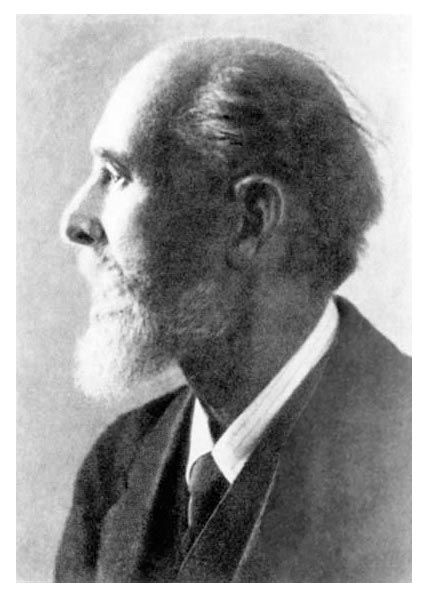“Rich diamond and Pearl and Gold in evry Place was seen. Rare Splendors, Yellow, Blew,
Red, White and Green, Mine eyes did evry where behold.” —Thomas Treherne’s “Wonder”
Welcome to Russia, 1885-1917.
Come inside to the world of Peter Carl Faberge. He was born May 18, 1846 and passed this life September 24, 1920.

The most famous Faberge eggs were made for the Russian Tsars Alexander III and Nicholas II. They were Easter gifts for their wives and mothers. The House of Faberge made 52 imperial eggs of which 46 have survived. Two more eggs were planned for Easter 1918, but were not delivered due to the Russian Revolution.
Easter, in Russia, was the most important holy festival and was marked by the traditional exchange of eggs, the symbols of Resurrection… and three kisses. The first Imperial Egg was made in 1884 for the Tsarina Marie Feodorovna.
The Faberge family goes back to 17th Century France. The Faberges lived in the Picardy region. They fled the country after 1685 because of religious persecution. By 1825 the family’s name had evolved to Faberge.
In the 1830s Gustav Faberge moved to Saint Petersburg to train as a goldsmith under Spiegel who specialized in making gold boxes. In 1841 he earned the title of Master Goldsmith.
In 1842 he opened Faberge as a jewelery store in a basement shop. French was the official language of Russia’s royal court and was widely used by the country aristocracy. Russia upper classes associated France with luxury goods. Later that year Gustav married Charlotte Jugstedt and in 1846 had their son, Carl, who would emulate his father’s creations.
Faberge had a keen appreciation of the different woods that he found around Russia. Karelian birch, palisander, and hollywood were used for a variety of objects including miniature frames, bell-pushers, and small ornamental boxes. He set his workshop in Moscow where he employed 15 individuals to make boxes.
Of the 255,000 objects that the house of Peter Carl Faberge created during the jeweler’s life, only 52 were his famed Easter eggs made of materials such as platinum and diamonds for the Russian royal family.
His studies of flowers in gold, enamel and stones represent the ultimate achievement of Faberge’s artist-craftsmen. Their flowers appear fresh without apparent effort. All are examples of outstanding imagination, such as the small rose with its diamond dew drop. The flowers were sought after and without doubt the rarest.
Queen Alexandra owned at least 20, including sprigs of rowan, holly, catkins, wild cherries, raspberries as well as studies of pansies, lilies of the valley, field daisies, and even a miniature pine tree. Together they formed an agreeable garden planted early in 19th Century by a lady of taste.
Faberge used enamels, gold, quartz, rock crystals, jade, rubies, rose diamonds, pearls, engraved gold stock, nephrite, and other precious stones. His miniature photo frames are breathtaking. What imagination and artistry in every single creation!

